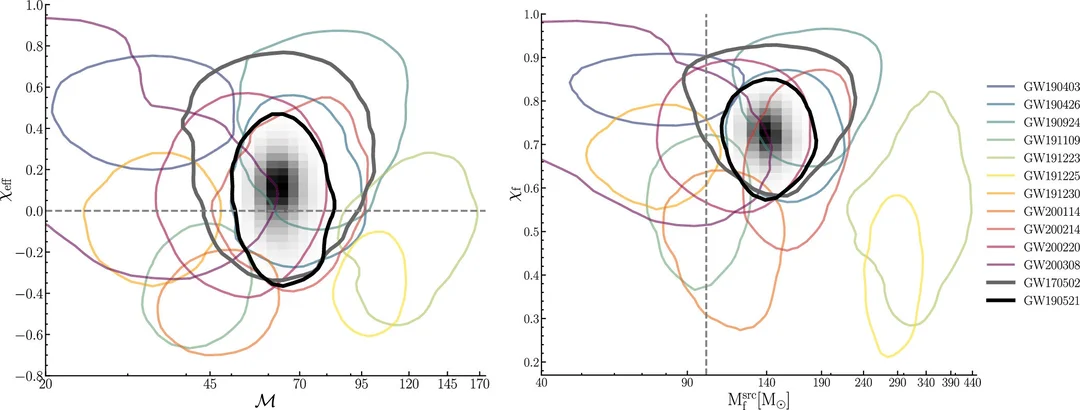
‘Anthill’ of Black Holes Discovered in Ancient Star Cluster, Rewriting Galactic History
Forget serene pockets of the Milky Way. A new study reveals a star cluster harboring a surprising secret: an "anthill" of over 100 stellar-mass black holes. This discovery, located approximately 80,000 light-years from Earth, challenges our understanding of how galaxies evolve and offers clues about the Milky Way's formative years. The presence of so many black holes within a globular cluster is unprecedented and hints at a dynamic history of stellar interactions and gravitational forces.
Globular clusters are ancient, tightly packed spheres of stars, often containing hundreds of thousands of suns. Previously considered stable environments, this finding reveals unexpected activity within these cosmic neighborhoods. Astrophysicists Mark Gieles from the University of Barcelona and Fabio Antonini of Cardiff University propose that the scattered stars surrounding the cluster are evidence of black holes ejecting stars due to close gravitational encounters.

"We do not know how these streams form, but one idea is that they are disrupted star clusters," explained Gieles. The ejected stars form what astronomers call tidal streams, stretching across vast distances around the Milky Way.
The black holes themselves, each estimated to be around 20 times the mass of the Sun, are thought to have formed from the collapse of massive stars that exploded as supernovas. Their combined gravitational influence gradually scatters other stars into these long, flowing bands. Antonini added, "Our method gives us a way to learn how many black holes there are in a star cluster by looking at the stars they eject."
The presence of so many intermediate mass black holes increases the likelihood of collisions and mergers, events that generate gravitational waves detectable by observatories on Earth. This discovery suggests that globular clusters could be a significant source of future gravitational wave detections. Furthermore, the study challenges the assumption that globular clusters are static and unchanging. Instead, they appear to be dynamic systems where interactions between stars and black holes play a crucial role in their evolution.
Globular clusters provide insight into the Milky Way's formative years, the discovery of an “anthill” of black holes could provide new insights into how galaxies evolve, as some may follow similar paths and end up as dense pockets of black holes orbiting together.
The researchers plan to continue monitoring these star clusters as more data becomes available, pinpointing more black holes for deeper searches, especially tidal tails that can be teased out of extensive image surveys. Future maps of the Milky Way may turn up more clusters in the process of shedding streams.
This discovery calls for further research and analysis on globular clusters and asks questions like: How many other clusters have a black hole “anthill” lurking inside? What roles do globular clusters play in the distribution of black holes throughout the galaxy?
What are your thoughts on this discovery? Do you believe we will find many more such black hole clusters in the future? Share your opinions and theories in the comments below!